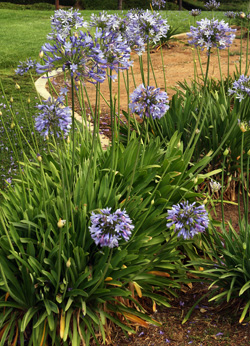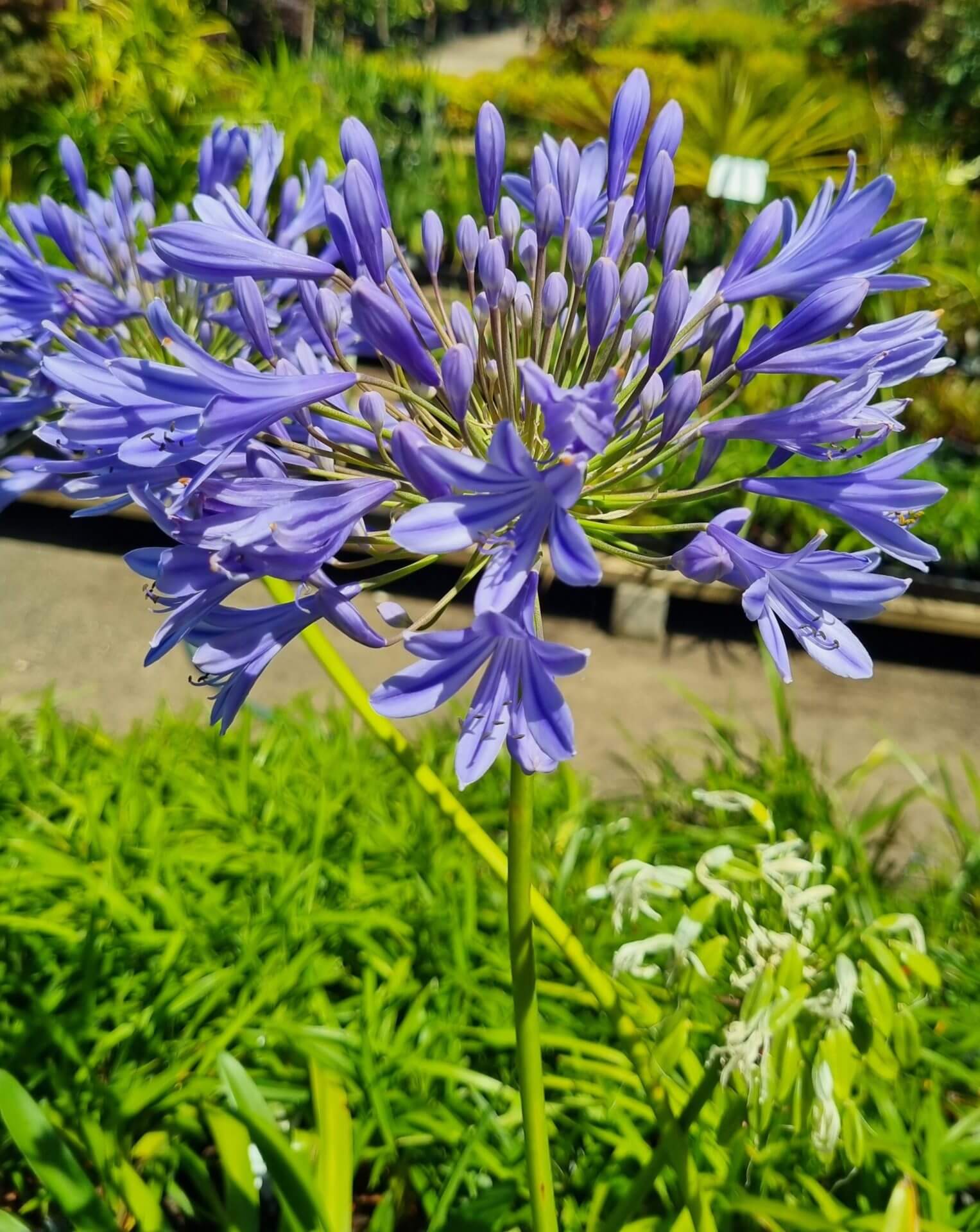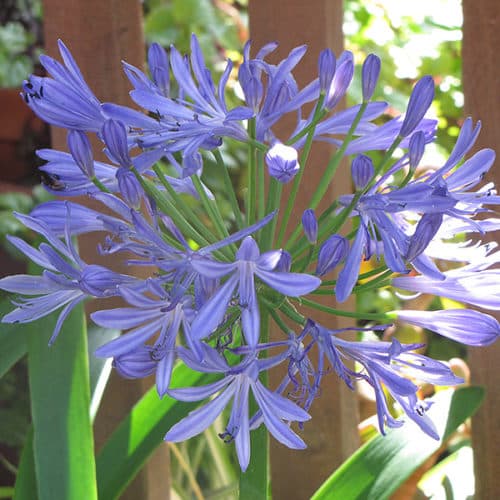Agapanthus Expanding Problems: Dirt, Sunlight, and Watering
Wiki Article
Understanding the Art of Agapanthus Care: Essential Steps for Healthy And Balanced Growth and Dynamic Flowers
In the world of gardening, the farming of agapanthus stands as a gratifying undertaking for those who seek to support these classy blooming plants. From selecting the appropriate selection to understanding trimming techniques, the trip in the direction of growing prospering agapanthus plants is multifaceted and holds the vital to opening the full possibility of these agricultural gems.
Choosing the Right Agapanthus Selection

When picking the best Agapanthus variety for your yard, take into consideration elements such as environment suitability, bloom shade, and growth routine. Additionally, take into consideration the environment in your area to make sure the Agapanthus variety you choose can flourish in your details conditions. Recognizing the growth behavior of different Agapanthus selections is important for correct positioning within your garden.
Perfect Planting Problems
Thinking about the optimum environmental requirements is crucial for successful Agapanthus cultivation. Agapanthus plants are delicate to cool temperature levels and should be safeguarded from frost throughout wintertime months.To make sure healthy and balanced growth and dynamic blooms, plant Agapanthus bulbs at a deepness of concerning 2-4 inches and room them 8-12 inches apart. Including natural matter, such as garden compost, to the soil can improve drainage and fertility, advertising durable origin advancement. Mulching around the base of the plants assists keep moisture and reduces weed growth. Normal watering is crucial, specifically during the expanding period, to keep the dirt continually moist yet not soaked.
Watering and Feeding Tips
Keeping proper wetness levels and offering crucial nutrients are essential components in the treatment regimen for Agapanthus plants. When it comes to watering Agapanthus, it is vital to strike a balance. These plants choose continually wet dirt yet are susceptible to root rot if overwatered.Feeding Agapanthus is vital for advertising healthy and balanced development and prolific blossoms. Apply a well balanced plant food, such as a 10-10-10 formula, in the very early springtime as brand-new growth emerges. Repeat this application every 6-8 weeks throughout the growing season. Stay clear of too much fertilizing, as it can bring about lush vegetation at the expenditure of blossoms. Always comply with the supplier's directions for correct dilution and application methods. By complying with these watering and fertilizing tips, you can ensure your Agapanthus plants prosper and generate vivid, resilient blooms.
Pruning Methods for Agapanthus
Trimming Agapanthus plants at the proper times and with correct methods is important for maintaining their wellness and advertising optimum growth and blooming. The perfect time to prune Agapanthus is in late winter or very early spring prior to new development emerges.Deadheading spent flowers can additionally redirect the plant's power right into creating even more flowers instead than establishing seeds. If you desire to collect seeds for proliferation, leave some blossoms to mature and dry on the plant.
Bear in mind to make use of clean, sharp here are the findings tools to make specific cuts and reduce the danger of presenting conditions. Agapanthus. Normal pruning will aid maintain your Agapanthus looking healthy and balanced and neat while ensuring a bountiful display of attractive blooms
Dealing With Common Insects and Illness
After making certain correct trimming techniques for Agapanthus, it is essential to attend to common parasites and illness that can affect the wellness and vitality of these plants. One typical bug that influences Agapanthus is the Agapanthus gall midget.An additional usual problem is fungal fallen leave spot, which offers as dark sores on the fallen leaves. To stop fungal illness, ensure great air flow around the plants, prevent overhead watering, and get rid of any kind of contaminated fallen leaves promptly. Additionally, Agapanthus plants can endure from origin rot if they are planted in poorly draining dirt. To avoid this, plant Agapanthus in well-draining dirt and prevent overwatering. By being watchful and taking punctual activity against insects and conditions, you can assist your Agapanthus plants thrive and create lively flowers.

Verdict
Finally, understanding the art of agapanthus treatment includes choosing the appropriate selection, giving ideal planting conditions, proper watering and fertilizing, proper trimming resource methods, and resolving usual parasites and diseases. By adhering to these necessary steps, you can make sure healthy and balanced growth and dynamic blossoms for your agapanthus plants. Keep in mind to on a regular basis check and preserve your plants to promote their total health and durability.To make sure healthy development and vivid flowers, plant Agapanthus bulbs at a deepness of regarding 2-4 inches and room them 8-12 inches apart. By following these watering click over here now and feeding ideas, you can guarantee your Agapanthus plants flourish and generate vibrant, resilient flowers.
One typical pest that affects Agapanthus is the Agapanthus gall midge. Furthermore, Agapanthus plants can experience from root rot if they are planted in poorly draining pipes dirt. By adhering to these essential actions, you can ensure healthy growth and vivid blossoms for your agapanthus plants.
Report this wiki page